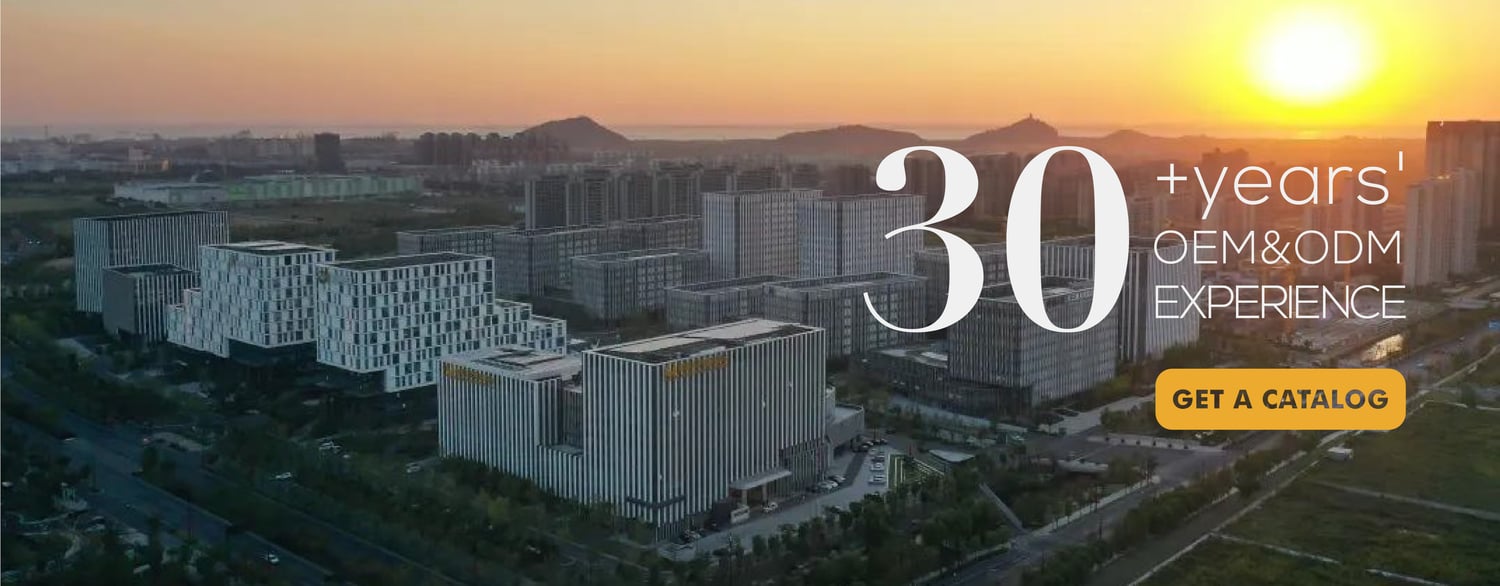Introduction to the Beret Cap Plain Lady Officer Fashion Military Officer Baker Boy Girl The beret cap plain lady officer fashion military officer baker boy girl is an iconic piece of headwear that combines style, function, and tradition. From military uniforms to casual streetwear, this versatile hat has transcended its original utility to become a fashion statement for women and men alike. Its simple design with a flat crown and soft texture creates a timeless appeal that fits numerous fashion contexts. Historical Roots and Military Significance Originally adopted by various military forces worldwide, the beret cap plain lady officer fashion military officer baker boy girl style is closely linked to military officers' uniforms. The beret was favored for its compact form and ease of wear, symbolizing rank and heritage within the army. Today, this hat remains a symbol of authority while inspiring civilian fashion. Fashion Evolution: From Military to Mainstream Over the decades, the beret cap plain lady officer fashion military officer baker boy girl has evolved from purely functional military gear into a staple of fashion runways and streetwear. Designers incorporate this classic hat in women’s and men's collections, blending military aesthetics with contemporary trends. Its minimalist appearance facilitates styling with both casual and formal wear. Material and Design Variations The beret cap plain lady officer fashion military officer baker boy girl can be made with various materials—wool, cotton, polyester, or leather—each providing different textures and comfort levels. While the plain design is popular for its clean look, some versions include emblems or badges reflective of military rank or fashion embellishments that add personality and flair. Styling Tips for Women Wearing the Lady Officer Beret Women embracing the beret cap plain lady officer fashion military officer baker boy girl style can pair the hat with tailored blazers, trench coats, or knit sweaters to create chic, sophisticated looks. Tilting the beret slightly to one side enhances femininity while maintaining the structured feel associated with military styles. Accessories like scarves and bold lip colors complement the outfit perfectly. Baker Boy Influence in Beret Fashion The baker boy style, often confused or combined with the beret cap plain lady officer fashion military officer baker boy girl, adds a modern twist with its slightly puffed crown and short brim. This hybrid approach appeals to younger audiences seeking a vintage yet trendy look. The fusion between the baker boy and beret styles enhances versatility across seasons and fashion moods. Beret Caps in Military Officer Uniforms: Practicality Meets Identity In military contexts, the beret cap plain lady officer fashion military officer baker boy girl remains practical and symbolic. Designed for durability and snug fit, it protects against weather while signifying the wearer’s unit or status. Colors and insignias provide an identity marker respected within the armed forces and beyond. Gender Neutral Appeal in Contemporary Fashion The beret cap plain lady officer fashion military officer baker boy girl has a distinct gender-neutral appeal, fitting both men and women with elegance and poise. Its simple silhouette allows for easy incorporation into various gender expressions in fashion, encouraging experimentation and personalization that break traditional style barriers. Cultural Impact and Artistic Associations Beyond military and fashion, the beret cap plain lady officer fashion military officer baker boy girl is linked with cultural movements and artistic communities. Poets, painters, and intellectuals have historically worn berets as symbols of creativity and defiance. Today, this cultural symbolism enriches the beret’s allure in contemporary apparel. Where to Buy and Care for Your Beret Cap Plain Lady Officer Fashion Military Officer Baker Boy Girl For those interested in adding a beret cap plain lady officer fashion military officer baker boy girl to their wardrobe, many retailers cater to both fashion-conscious buyers and those needing authentic military styles. Proper care, such as gentle hand washing and careful storage, ensures longevity and maintains the beret’s shape and texture over time. Quote Inquirycontact us










